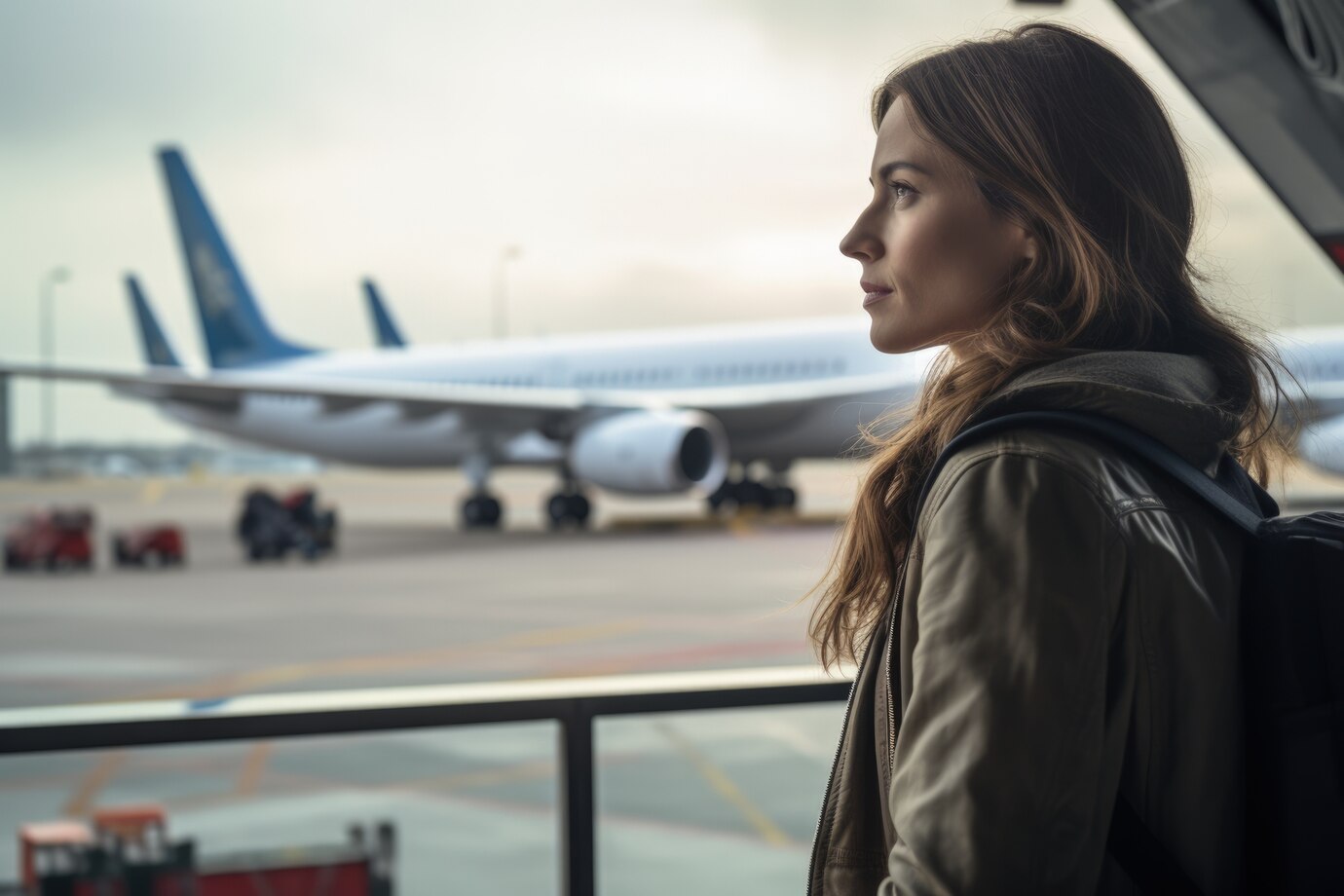Smooth flights: why flying is the safest way to travel
Despite the increasing popularity and accessibility of air travel, a lot of people still have anxiety about flying and don’t enjoy being up in the air one bit. For some individuals, the fear they experience is so intense that the mere idea of stepping foot on a plane is enough to send shivers down their spine and even cause them to have panic attacks while flying. This condition, also known as aerophobia, can easily mess up sufferers’ travel plans and limit their possibilities of exploring the world, ultimately affecting their quality of life.
However, specialists ensure passengers they have no reason to worry since flying is by far the safest mode of transportation, and it continues to get safer. This might not be enough to cure someone of their aerophobia, given that this is a multifactorial issue, but it’s certainly reassuring to know that the risk of accidents or other issues happening during flight is extremely low, and one is much more likely to reach their destination safely if they choose to travel by plane.
The fact that aviation accidents and mishaps are high-profile events that get a lot of media coverage and are sometimes blown out of proportion have somewhat distorted people’s perceptions of air travel and made many believe that planes are quite dangerous. Additionally, on the rare occasion that a plane crashes, it usually results in a large loss of lives, creating a strong emotional impact among the general public, which further fuels people’s fears related to flying.
So, if you still have concerns or doubts related to aviation safety, this article is going to provide you with some relevant facts and figures to help you uncover the truth about flying and understand why it indeed a great way to travel safely.
What statistics say
Let’s take a look at some stats to gain a better idea of transportation risks and hazards and see where flying stands in this regard. There’s no denying that aviation accidents can be truly tragic and cause a large number of casualties. On August 9, a plane carrying 62 people crashed in Brazil, killing everyone on board. In 2023, there were six accidents involving aircraft, leading to 115 onboard deaths.
While these figures might seem high, one has to look at things in context to gain an accurate understanding of the realities of air travel safety. Being in a plane, at 35,000 feet above the ground, sounds quite daunting and risky, but statistics show you’re much safer in the sky than on the ground.
To put things in perspective, a Harvard University study researching transportation risks across America, Europe, and Australia shows that the likelihood of being in a plane accident is one in 1.2 million, and the chance of dying in that accident is one in 11 million. By contrast, the odds of dying in a car crash are one in 5,000, around 200,000 times higher than with flying.
Research also shows that airline safety has increased considerably over the years. According to the International Air Transport Association (IATA), 2023 was the safest year in the history of aviation, with only one accident for every 1.26 million flights. A 2020 report from the Massachusetts Institute of Technology (MIT) reveals that at a global level, the risk of fatalities in commercial air travel dropped from 1 per 7.9 million boardings in the 2008-2017 period to 1 per every 13.7 million boardings between 2018-2022.
If we turn our attention to other modes of transport, we can see that around 1.19 million people lose their lives each year in traffic accidents. Out of all motor vehicles, motorcycles are consistently ranked as the most dangerous transport mode, with the risk of dying being 30 times higher than when driving a car.
What makes air travel so safe
Given the numbers, one would naturally wonder why flying is so much safer than using other means of transport. There’s a series of factors that explain this enhanced safety.
First of all, the very nature of air travel provides an advantage. The number of aircrafts in the air is considerably lower than the number of motor vehicles and pedestrians travelling on the world’s roads. With less crowded travel routes, the risk of collisions is also reduced.
Then there’s the technical characteristics of aircrafts. Airplanes are powerful and sturdy machines underpinned by advanced engineering. Every single feature and system they encompass is designed with safety in mind and that helps minimise errors and hazards.
Let’s not forget about the army of professionals incessantly working to ensure flight operations stay safe and efficient. From engineers, to airport staff, dispatchers and flight crew members, aviation includes different departments, each of them in charge of overseeing different aspects of air travel and making sure everything runs smoothly.
Regulations also play a key role in accident prevention and maintaining air safety. Airlines have to comply with strict rules and regulations established by governing industry bodies. The requirements are even stricter for carriers operating international flights, where standards set by organisations like the International Civil Aviation Organization (ICAO) apply.
Therefore, airplane safety is the result of a common effort from manufacturers, carriers, regulators, service providers, airports, and all the other parties implicated in facilitating air travel.
This doesn’t mean one should rule out the possibility of suffering an accident or getting injured while flying. While risks are exceedingly low, especially when compared to other means of transport, being aware of potential hazards like turbulences, falling luggage, or slips, trips and falls, and taking extra safety measures to prevent common risks can provide peace of mind and guarantee a much smother flight experience.
As a rule of thumb, one should always pay attention to the safety information and instructions provided by flight attendants. Knowing these basic safety rules will help you act promptly and correctly in case of an emergency and even make the difference between life and death in certain situations.

